How do you repair damage to GRP panels?
Glass-fibre reinforced plastics are very resistant, but damage cannot be excluded in the event of excessive stress or in the case of an accident. If there is no evidence of destruction of the sandwich structure yet, GRP can be repaired easily. Learn how in this white paper!
- What are GRP sheets?
- What are the advantages of GRP sheets?
- How do you repair GRP sheets?



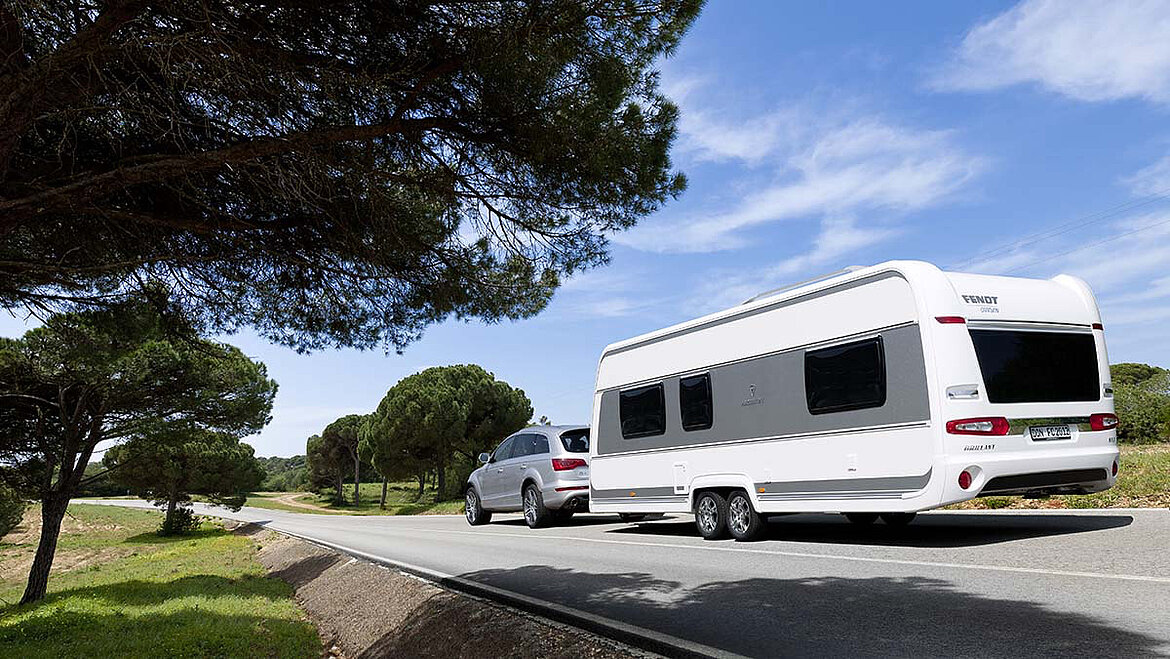
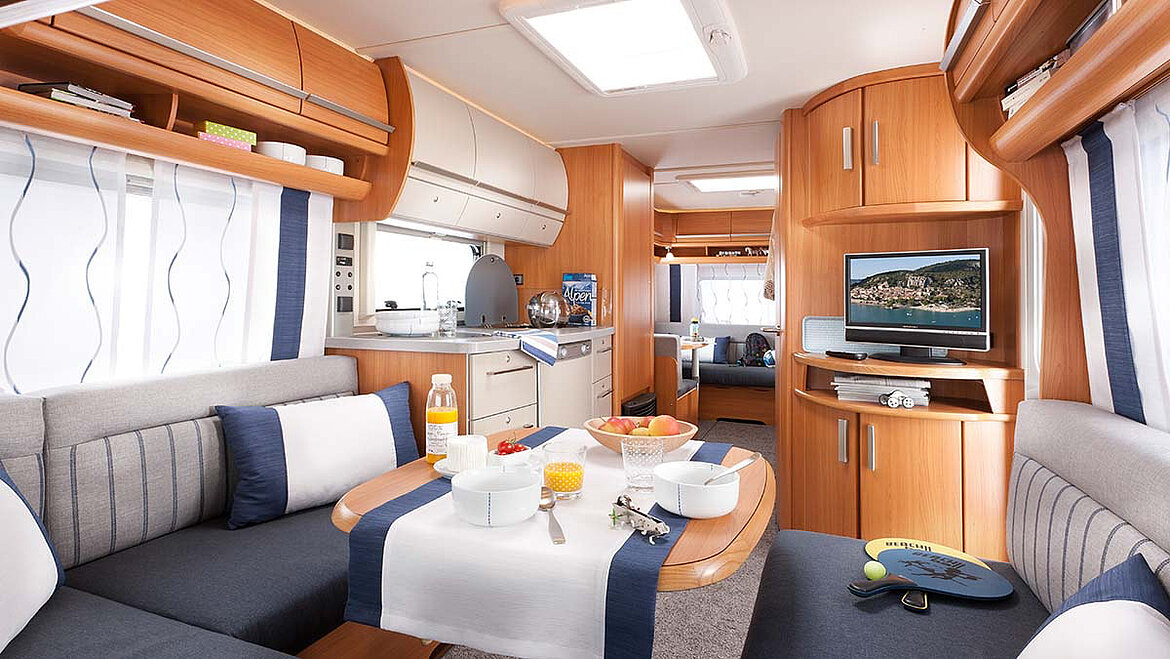
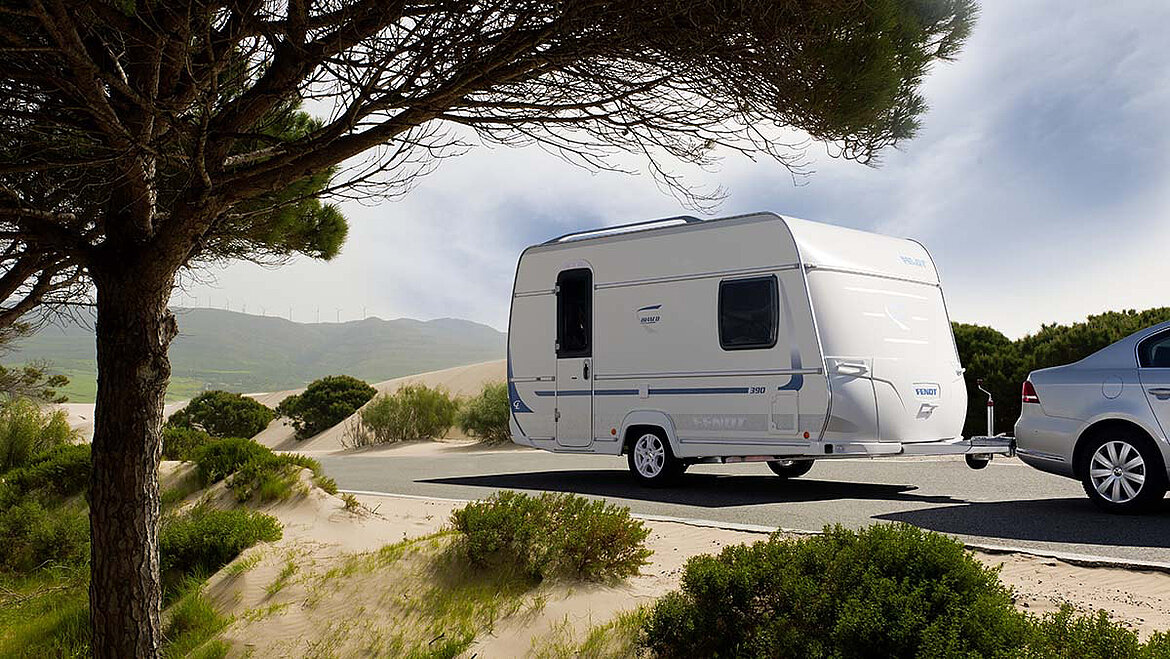
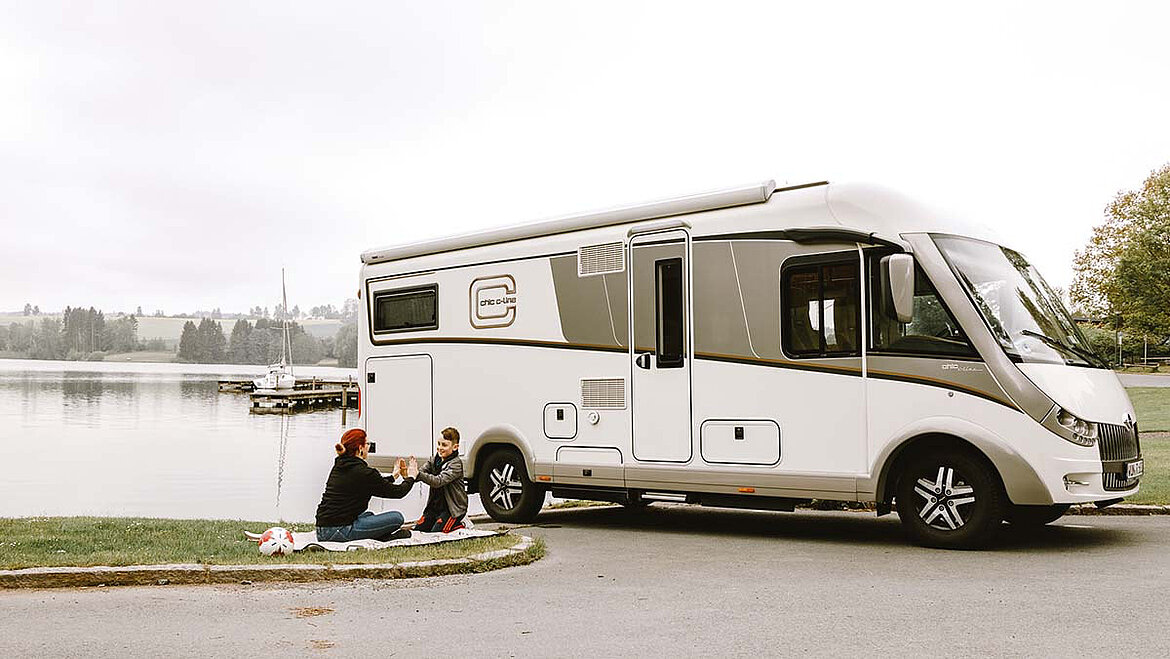
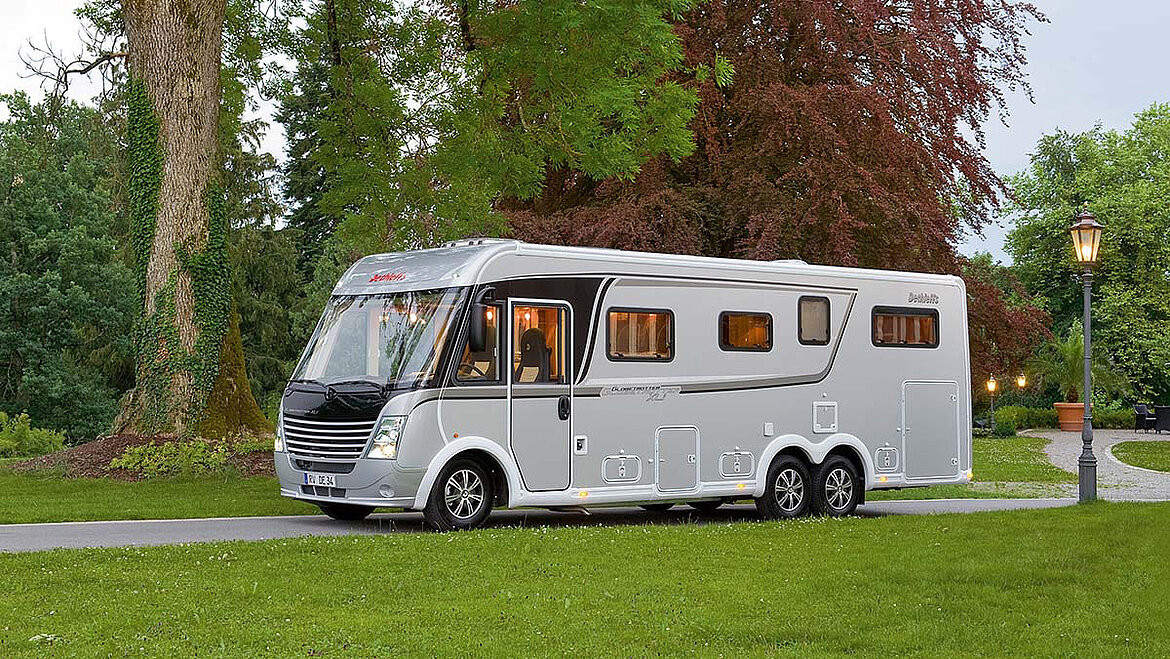
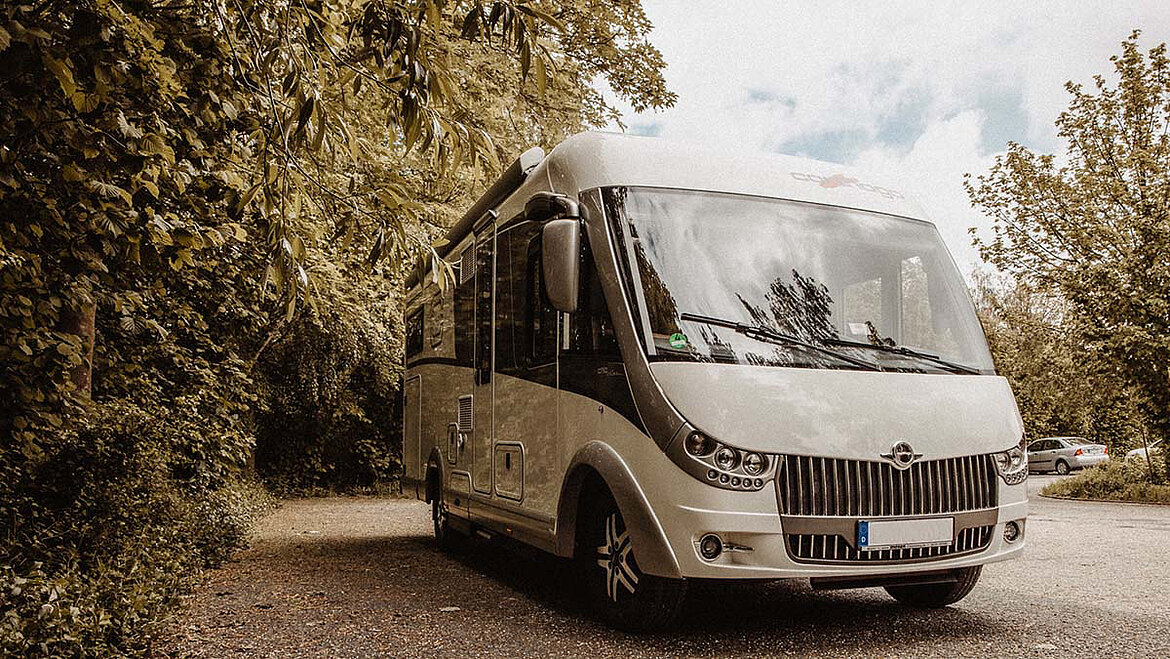
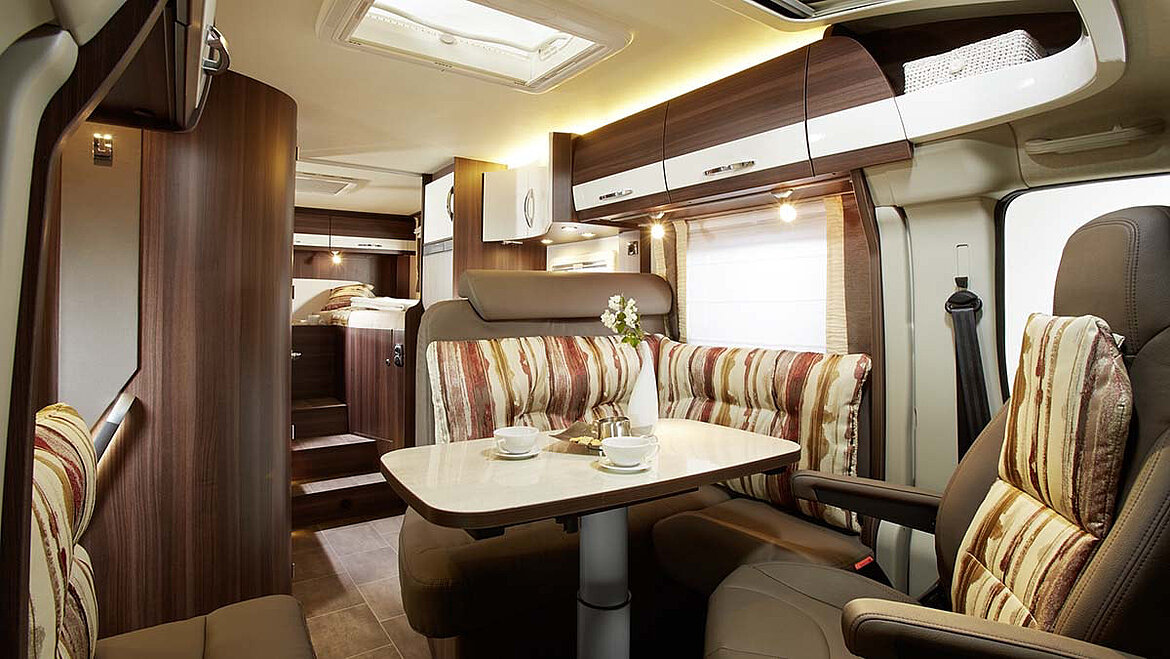

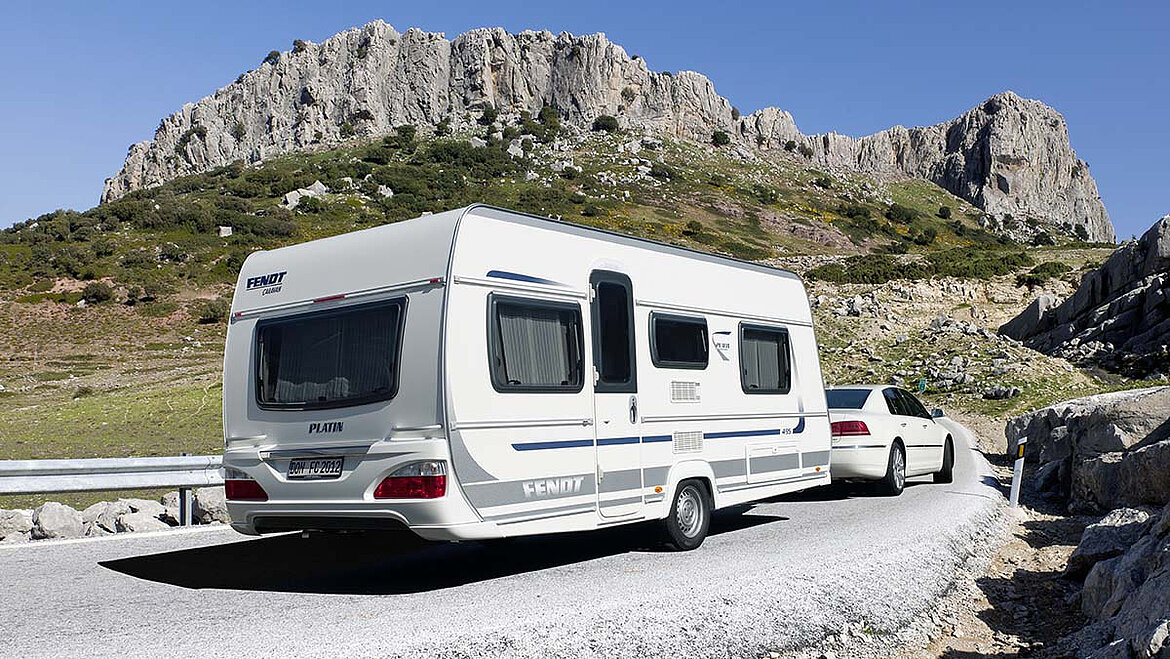
![[Translate to English:] Wohnmobil während der Fahrt [Translate to English:] Wohnmobil während der Fahrt | insights by LAMILUX](/fileadmin/_processed_/a/9/csm_Wohnmobil-Fahrt_c194faccd3.jpg)
![[Translate to English:] Grafik Vergleich Wohnwagen vs. Wohnmobil | insights by LAMILUX [Translate to English:] Grafik Vergleich Wohnwagen vs. Wohnmobil](/fileadmin/_processed_/0/7/csm_2021_10_Wohnmobil_vs_Wohnwagen_4ee4694f8c.jpg)